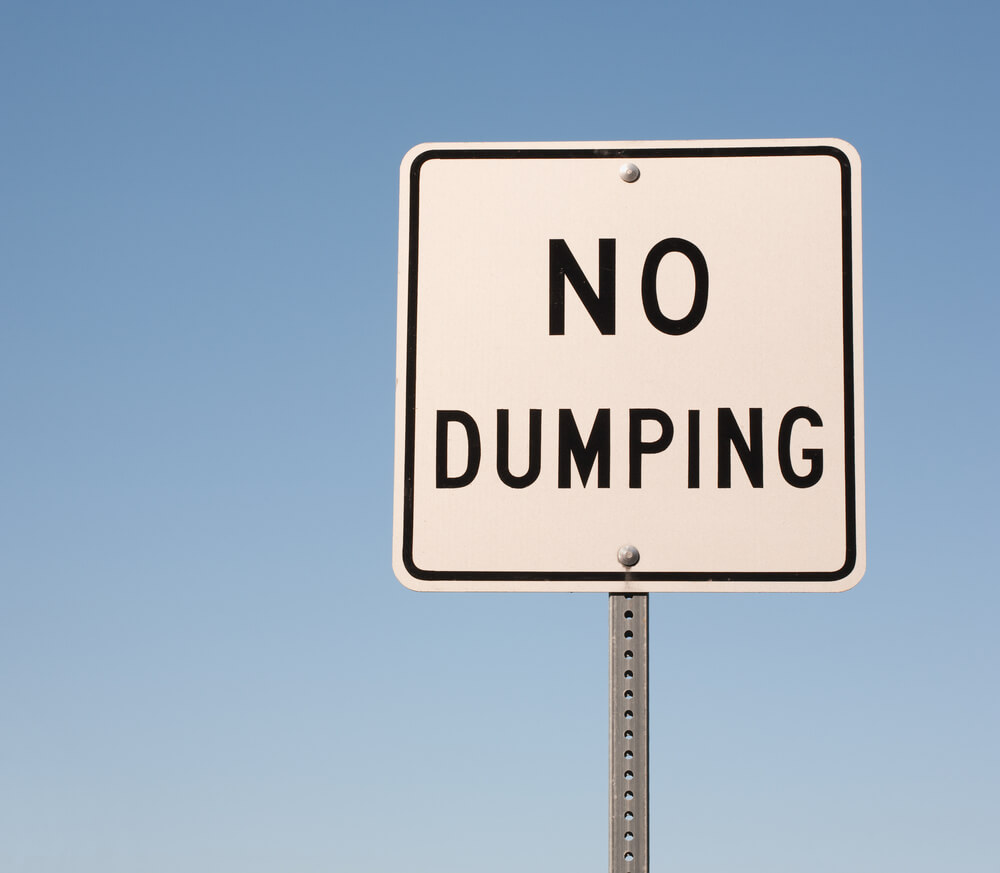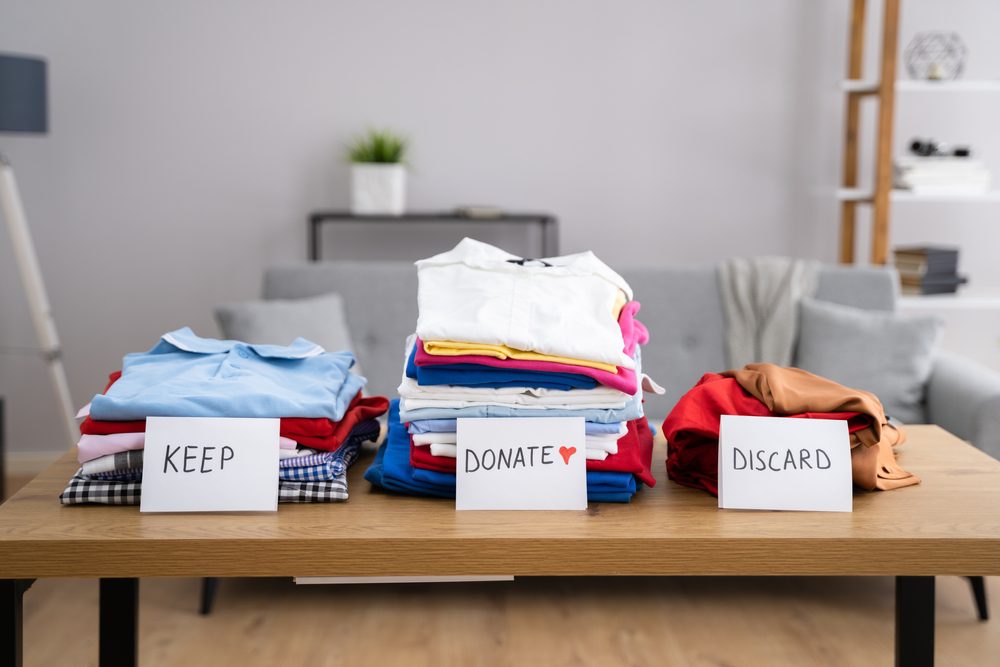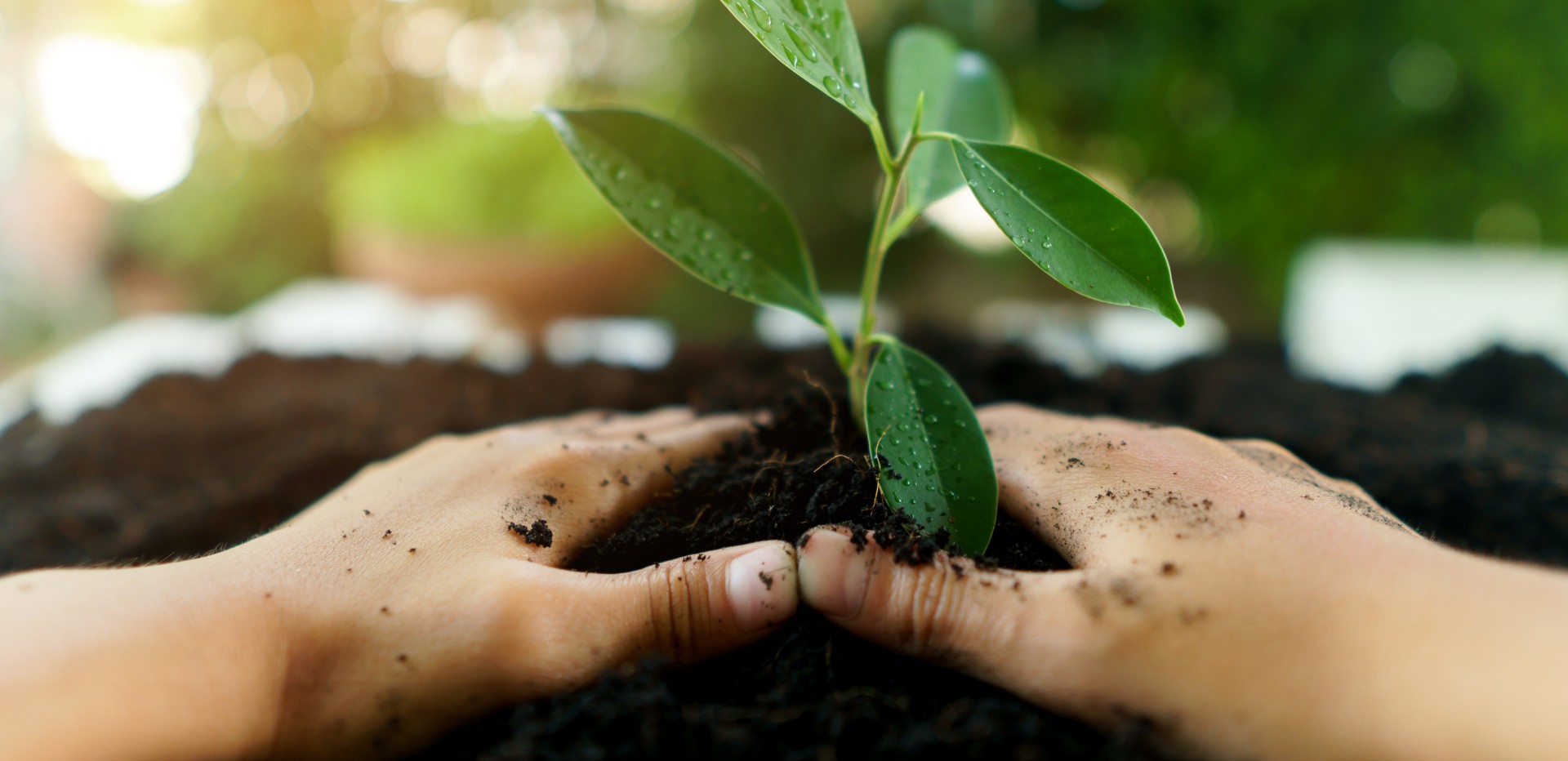A hurricane can come suddenly and leave you with little time to prepare. The National Hurricane Center states it’s nearly impossible to predict a storm more than five to seven days in advance, and experts say some storms can appear in as little as 48 hours.
Don’t be caught off guard by hurricane season—know what to do before, during, and after the storm. Not only is it important that you’re equipped to stay safe during the storm, but it’s also important to be diligent in cleanup and reparations afterward. It can take months and even years, in some cases, to rebuild after a natural disaster hits. Steps taken post-storm, like how debris is thrown away or recycled, have lasting impacts beyond storm season.
Our guide will tell you everything you know to prepare your family and property through every stage of a hurricane.
What to do before a hurricane
\The Atlantic hurricane season is the period when hurricanes usually form in the Atlantic Ocean and are more likely to hit the Gulf Coast and East Coast regions of the United States. The season lasts from June 1st to November 30th, which is why preparations should be done ahead of the summer season. Tropical storm and hurricane activity spikes from August through October, so take extra precaution during those months.
You can use this hurricane tracker from the National Hurricane Center to see predicted storm activity over the next 48 hours, but pay attention to local news for additional warnings and details.
Once you begin preparing for a hurricane, keep this helpful checklist handy:
Pre-hurricane checklist
- Remove potentially harmful vegetation: Cut weak branches on trees that could potentially damage nearby buildings, and trim foliage so wind can flow without uprooting. Do this before hurricane season starts so you have time to properly dispose of the waste. TDS offers several options for disposal, including composting options for trimmings and branches.
- Create a possessions inventory: Taking pictures of valuable items will help with the insurance claims process after a storm. Start by taking photos of high-value items, then do a video walkthrough of your home showcasing your other possessions. You may also want to consider creating an inventory sheet with pricing estimates and take pictures of receipts if possible to support your values.
- Clear the surrounding area: Remove any items near your home that could pose a danger to the property such as furniture or a grill. For large items that you need to get rid of, TDS offers bulk item collection services. Make sure your vehicles have full gas tanks and park cars in the garage if possible.
- Create a supplies kit: Gather essential supplies such as food, water, and a first-aid kit among other items. Store these items in an easily transportable bag in case you need to leave after the storm, and bring enough to last you at least 72 hours. Additionally, fully charge your phone and write down important contact info in case of power loss.
- Unplug and prepare: Unplug all unnecessary electronic devices, and use surge protectors for anything else. Take the time to learn how to turn off your utilities, as you may be instructed to do so by emergency officials.
If you live in a coastal area that’s at a high risk for major storm activity, then you may want to consider installing hurricane shutters for added security. Otherwise, go to a secure location on the lower level of your home that’s far from windows.
What to do during a hurricane
Stay inside
Do not try to drive during this time. Get inside as soon as possible. Many motorists mistakenly think they can drive through floodwater, but one foot of moving water is enough to sweep an entire vehicle off the road.
Ride out the storm in a safe location
Once inside, go to a secure location on the lower level of your home that is far away from windows, skylights, doors and other entrances from the outside. Bathrooms, hallways, and closets are often good places to ride out the storm. If flooding starts to occur, turn off the electricity at the breaker box and go back to your secure spot.
Stay updated
Use a battery-powered or crank TV/radio if you have one to get the latest storm updates, or check your local news website every 30 minutes as an alternative. Wait until these sources verify the storm is over before going outside.
Don’t mistake the eye of the storm as the end
There may appear to be a calm at some point during the storm, but this is actually the most dangerous part of a hurricane. If the eye passes over your home, the storm will appear to be over. However, this calm will be followed by rapidly increasing wind speed and you could be hit by a flying object.
Let people know you’re okay
Once officials have verified the storm is over, contact loved ones to let them know you’re ok. Phone lines and cell towers may have been damaged, so you may have trouble calling. If calling doesn’t work, try sending an email or use social media to mark yourself as ok. In cases where you cannot call or connect to the internet, try again in a few hours or when you move to a new location.
What to do after a hurricane
After local authorities have verified your area is safe and you’ve confirmed everyone you’re with is uninjured, follow these steps to carefully survey your property:
Check for structural damage
Begin by checking for building stability, look for large cracks in walls or doors that stick. These signs could indicate structural damage and you should proceed to evacuate. If moving to a new location, look for these signs on the outside before entering the building.
See if there are gas leaks
If there is no apparent structural damage, check for gas leaks by smelling various areas and opening windows. If you suspect a leak is present, leave the property immediately and contact the gas company as soon as possible.
Watch out for wires
Frayed or exposed wires are extreme hazards that should never be touched. Additionally, a burning smell can indicate electrical damage even if no sparks or fire is present. Tread carefully around water spots, as these may hide wires or other hazards. If you notice any of these signs and are able to safely turn off the power, do so carefully.
After making sure your home is free of hazards, document any damages by taking photographs and writing descriptions of what you notice. Depending on the severity of the damage, you may be able to start cleaning up debris.
Begin the cleanup process by collecting large items that need to be disposed of. This includes damaged appliances, furniture, and other debris that won’t fit in a regular waste container. Your city may send roll-off dumpsters to collect these items, but you can also contact our Customer Care team to acquire a container for yourself. Finish the cleanup process by getting rid of any remaining small items such as trash and brush. To dispose of these items, visit any of our debris drop off locations after the roads have been cleared to drive on.
Now that your home is clear of debris and trash, look for any areas that may have been exposed to floodwaters. Porous surfaces such as drywall and carpets are highly susceptible to mold. Dry out these areas using industrial fans if possible, and sterilize after using a safe mix of bleach. Be cautious of mixing cleaning supplies, as mixing the wrong chemicals can produce toxic fumes. If an item or area cannot be dried out or mold is still present after sterilization, remove the item from your home.
Once finished with your cleanup process, plug appliances back into surge protectors and keep an eye out for any other damage you notice in the coming weeks. At this point, you may want to offer help to neighbors or contact us to see how we may be able to help heavily affected areas.



